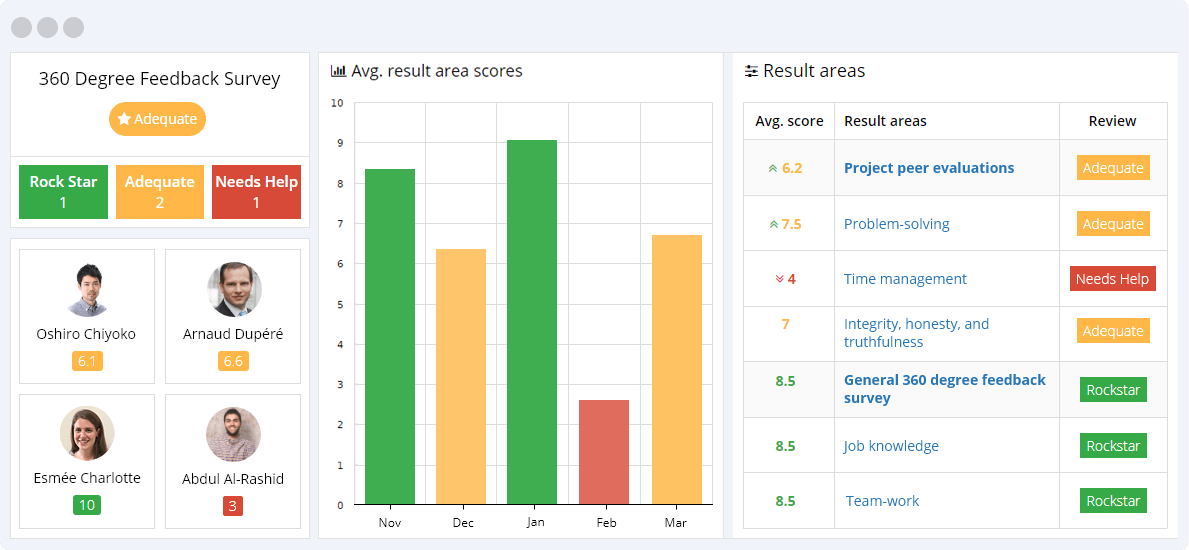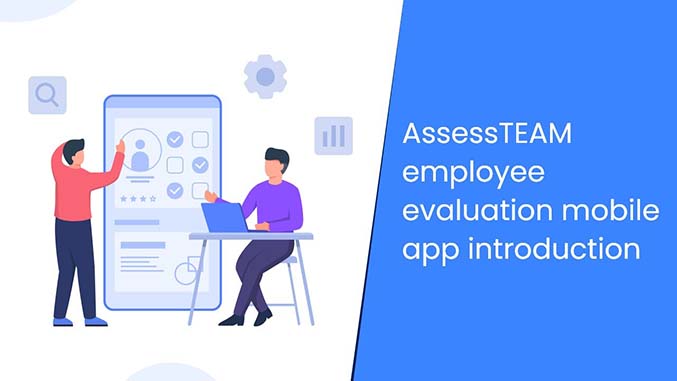360 Degree Feedback Survey
360 degree feedback surveys are designed to gather feedback about an employee from all directions: up, down, peers, self, and customers too. These directions include direct reports (managers and supervisors), subordinates, peers, and customers. Simplifying 360 feedback is essential in avoiding confusion and complicated reporting. AssessTEAM offers an easy method of 360-degree feedback that can be rolled out in minutes, resulting in easy-to-comprehend actionable reports.

